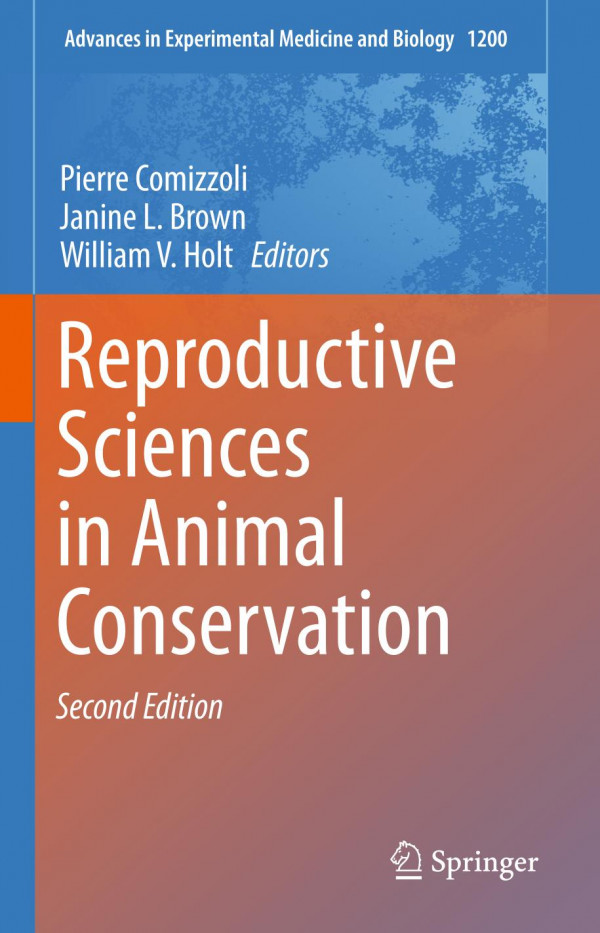

Most ebook files are in PDF format, so you can easily read them using various software such as Foxit Reader or directly on the Google Chrome browser.
Some ebook files are released by publishers in other formats such as .awz, .mobi, .epub, .fb2, etc. You may need to install specific software to read these formats on mobile/PC, such as Calibre.
Please read the tutorial at this link: https://ebookbell.com/faq
We offer FREE conversion to the popular formats you request; however, this may take some time. Therefore, right after payment, please email us, and we will try to provide the service as quickly as possible.
For some exceptional file formats or broken links (if any), please refrain from opening any disputes. Instead, email us first, and we will try to assist within a maximum of 6 hours.
EbookBell Team

4.0
96 reviewsThis second edition emphasizes the environmental impact on reproduction, with updated chapters throughout as well as complete new chapters on species such as sharks and rays. This is a wide-ranging book that will be of relevance to anyone involved in species conservation, and provides critical perspectives on the real utility of current and emerging reproductive sciences.
Understanding reproductive biology is centrally important to the way many of the world’s conservation problems should be tackled. Currently the extinction problem is huge, with up to 30% of the world’s fauna being expected to disappear in the next 50 years. Nevertheless, it has been estimated that the global population of animals in zoos encompasses 12,000 – 15,000 species, and we anticipate that every effort will be made to preserve these species for as long as possible, minimizing inbreeding effects and providing the best welfare standards available. Even if the reproductive biology community cannot solve the global biodiversity crisis for all wild species, we should do our best to maintain important captive populations.
Reproductive biology in this context is much more than the development of techniques for helping with too little or too much breeding. While some of the relevant techniques are useful for individual species that society might target for a variety of reasons, whether nationalistic, cultural or practical, technical developments have to be backed up by thorough biological understanding of the background behind the problems.